The Secret Lives of Words: Flies in the ointment
Seems like the flies were more annoying than ever this summer, and still are as fall approaches. As soon as you want to step outside, those critters turn on their buzzsaws and start bugging you.
Insects of the order Diptera, there are about a million fly species worldwide, upwards of 3,000 right here in Florida, many of which cohabitate with us in our yards and houses. Some are unaffectionately dubbed by the University of Florida Extension Service “filth flies,” including the house fly, one of the commonest of all insects.
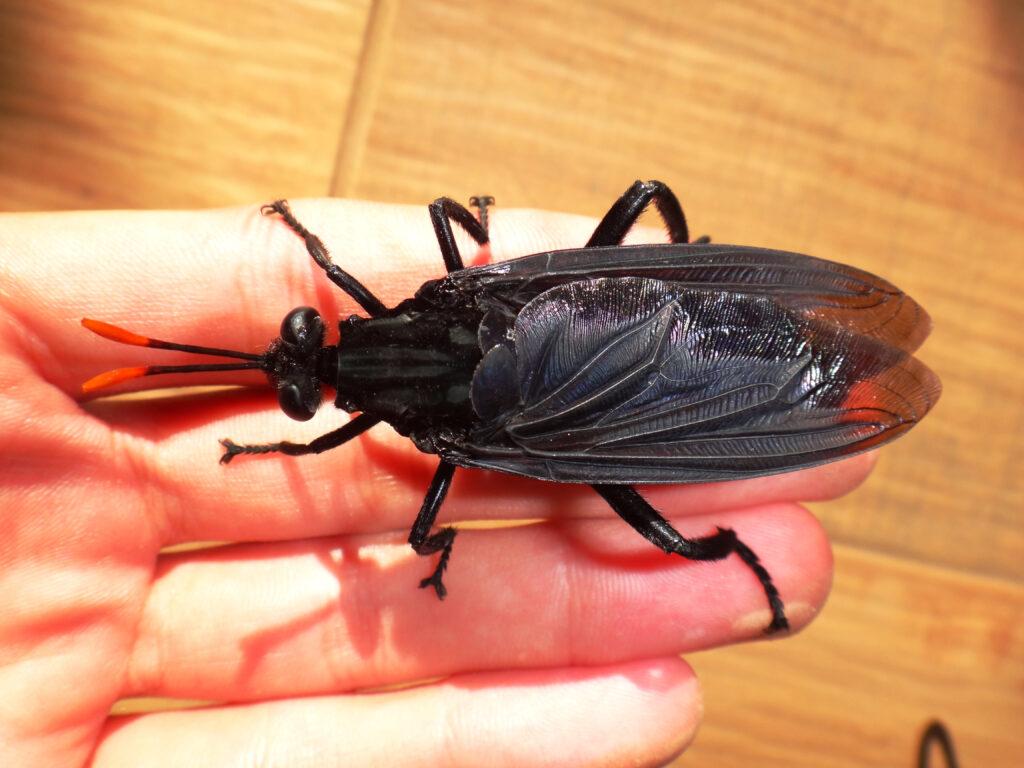
Then there are blow flies and bottle flies, which savor urban areas and homes, and “flesh flies” – YIKES! – which enjoy feasting on road-kill and meat scraps in your household garbage. Many carry diseases dangerous to humans.
These unloved critters come in all sizes, from a tenth-of-an-inch to tropical varieties with a wingspan of 4 inches. The ones we call horse-flies or deer-flies, either because they pester those poor animals or they seem that big when they bite you, range up to an inch or so. The males have weak mouth-parts but the females will munch on you and any other animal they can find in order to ingest protein for egg-production.
A swarm of them chasing you through the woods can be pretty scary. It’s no wonder that the creatures piqued the imagination of French-British writer George Langelaan, a spy for the allies in World War II who participated in the Normandy invasion and was recipient of the Croix de Guerre.
His award-winning short story, “The Fly,” first published in the June 1957 issue of “Playboy” magazine, narrated the horrific tale of André Delambre, a research scientist who had invented disintegrator-reintegrator machines that could instantaneously transport an object from the transmitter pod to the receiver. When he tried the procedure on himself, his head and an arm were accidentally exchanged with those of a housefly that had flown into the disintegration chamber with him.
At age 12 when it first hit the theaters, I was terrified by the 1958 film version, featuring B-movie shock star Vincent Price as André’s brother. There were sequels in 1959 and 1965, and in 1986 David Cronenberg produced a remake with Jeff Goldblum in the mad scientist role. There was a follow-up, “The Fly II,” in 1989, and in 2008 Howard Shore even produced an opera based on Cronenberg’s 1986 film.
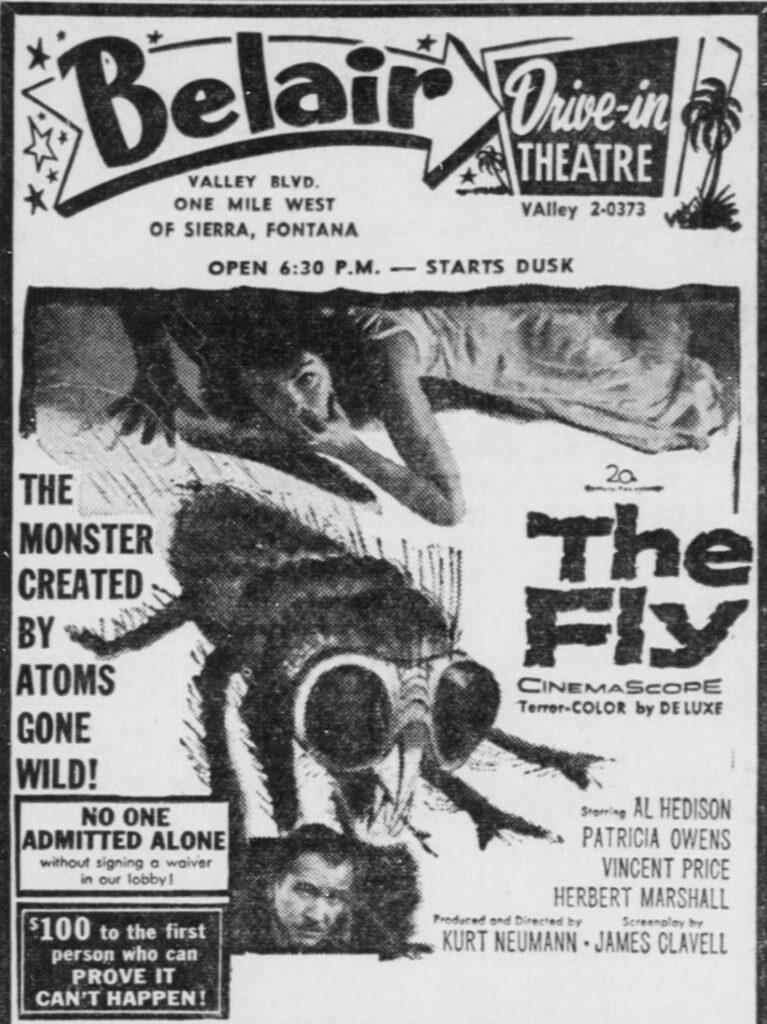
Fly-creatures inspired by the franchise appeared in a range of media including a “Simpsons” episode where Bart gets his head switched with a fly’s, the Daffy Duck cartoon “Night of the Living Duck,” the animated “Hotel Transylvania” films, and a series of Lego Minifigures.
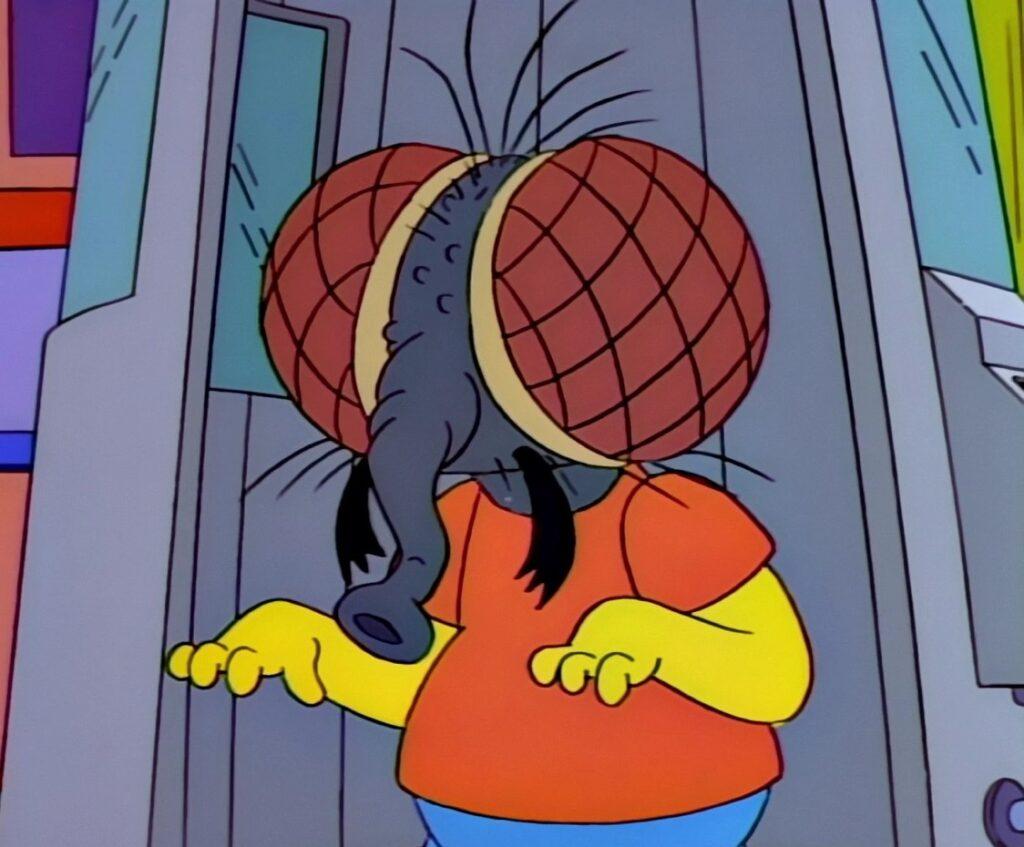
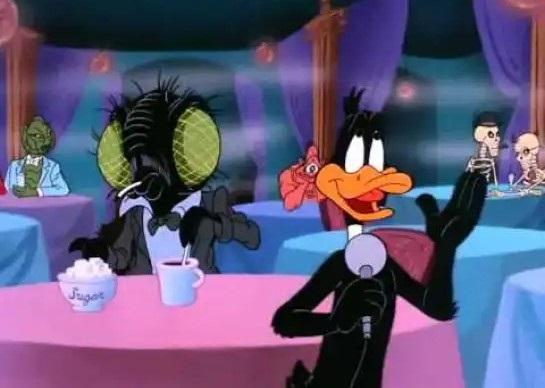
In 1959, a year after the first “Fly” movie, Red Circle Comics introduced its superhero “The Fly.” Young Tommy Troy could summon the powers of the Fly People who once ruled earth, including their ability to fly, walk up walls, and see in all directions at once.
Recreated as Fly Man in the Mighty Comics series, he later teamed up with Fly Girl. Marvel Comics in the 1970s introduced three different Human Fly characters, two heroes, and a supervillain.
These pesky insects captured the imagination of the ancients too. Babylonians associated flies with Nergal, god of disease and death; fly-shaped beads and other fly-jewelry are known from Mesopotamia; in Greek myth the goddess Hera (Roman Juno) summoned a gadfly to torment Io, one of Zeus’ mistresses.
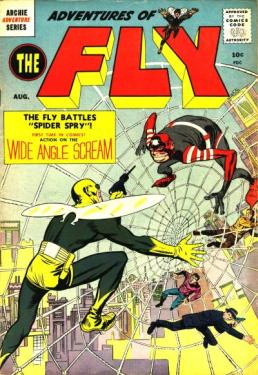
The Romans called the fly musca, which derives from a prehistoric Proto-IndoEuropean mu- root that linguists view as sound-imitative, mimicking the huMMing sound of the insect’s wings in flight.
Connected to English MIDGe and MIDGet, musca referred originally to a tiny biting insect, and is source through Spanish of MOSQuito (“skeeter” to us Southerners), the fly’s close relative. Our own word FLY, derived via Old English fleoge from a prehistoric term meaning to FLOW, originally referred to any FLYing insect, including gnats, moths, and the butterFLY.
Flies bugged the Romans, just as they do us. According to his biographer Suetonius, the 1st-century A.D. emperor Domitian would spend hours alone catching flies and stabbing them with an iron pen.

Vibius Crispus, an advisor, when asked if anyone was with the emperor in his office, slyly replied, “No, not even a fly.”
Flies are ubiquitous in popular culture today. An unexpected glitch is “a fly in the ointment.” In dealing with a difficult acquaintance, remember that you can attract more flies with honey than vinegar. An unnoticed observer is a fly on the wall. And that guy you see always buzzing around the Oyster City Brewing Company is a barfly.
Chubby Checker’s dance hit “The Fly” reached #7 on the BillBoard Hot 100 in 1961; an electric shaver provided buzzing sound effects. Thirty years later U2’s “The Fly,” with its far darker lyrics, was the first single released from the album “Achtung Baby”: “A man will crawl / On the sheer face of love / Like a fly on a wall.”
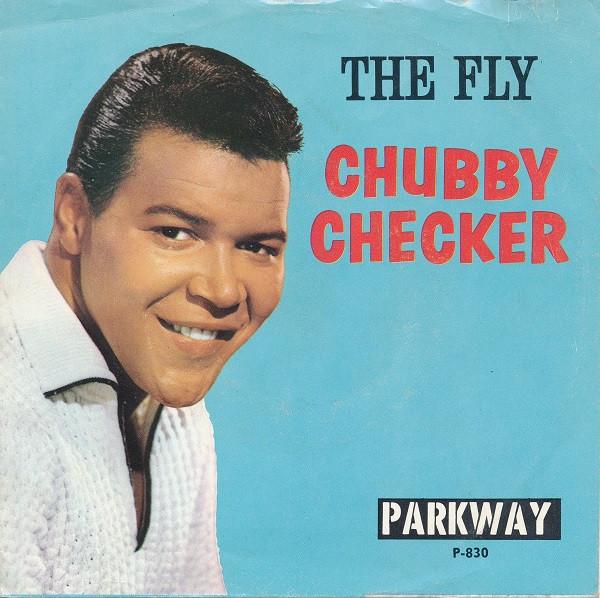
Let’s not forget that flies are highly beneficial in some ways. They’re second only to bees for their importance as pollinators. Fruit flies are used in genetic research. Apalach fishermen use lures that look like flies, since fish love to feast on them.
Some humans do too. Larger varieties are eaten sun-dried or roasted in a number of countries, and, according to WebMD, in East Africa flies are added to sausage and used to enrich baked goods. “Eat This, Not That” reports that cultivated houseflies are rich in protein, zinc, iron, and magnesium.
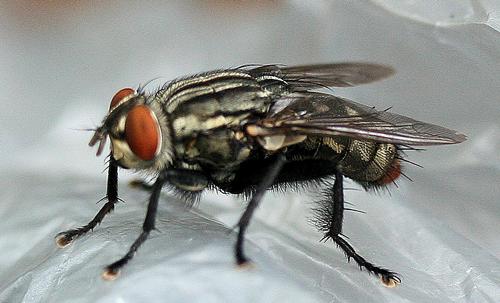
In view of all this, we should maybe set aside our swatters, be kind to our insect friends, and remember that life is short: time flies like an arrow, as we oldsters know, but fruit flies like a banana, though a peach or an apple will do!
Rick LaFleur is retired from 40 years of teaching Latin and Classics at the University of Georgia; his latest books are The Secret Lives of Words, a collection of his widely distributed newspaper columns, and Ubi Fera Sunt, a lively translation into classical Latin of Maurice Sendak’s children’s classic, Where the Wild Things Are. Rick’s Facebook group, “Doctor Illa Flora’s Latin in the Real World,” numbers over 4,900 members. He and wife Alice live part of the year in Apalachicola, under the careful watch of their French bulldog Ipsa and their bob-tailed manx Augustus.





Meet the Editor
David Adlerstein, The Apalachicola Times’ digital editor, started with the news outlet in January 2002 as a reporter.
Prior to then, David Adlerstein began as a newspaperman with a small Boston weekly, after graduating magna cum laude from Brandeis University in Waltham, Massachusetts. He later edited the weekly Bellville Times, and as business reporter for the daily Marion Star, both not far from his hometown of Columbus, Ohio.
In 1995, he moved to South Florida, and worked as a business reporter and editor of Medical Business newspaper. In Jan. 2002, he began with the Apalachicola Times, first as reporter and later as editor, and in Oct. 2020, also began editing the Port St. Joe Star.